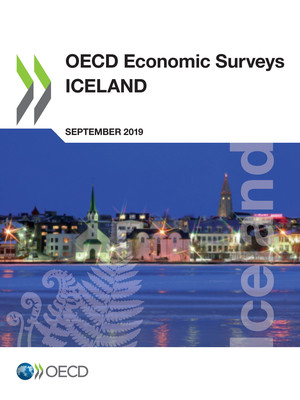The economic situation and policies of Iceland were reviewed at a meeting of the Economic and Development Review Committee on 13 June 2019. The draft was revised in the light of the discussions and given final approval as the agreed report of the whole Committee on 12 July 2019.
The Secretariat’s draft report was prepared for the Committee by Hansjoerg Bloechliger and Vassiliki Koutsogeorgopoulou under the supervision of Piritta Sorsa. The draft has benefitted from consultancy work by Olga Rastrigina and Daniele Pacifico and valuable background research by Laura Brogi.
Statistical research was provided by Anne Legendre. Assa Fofana formatted and produced the layout.
The previous Survey of Iceland was issued in June 2017.
Metadata, Legal and Rights
https://doi.org/10.1787/c362e536-en
© OECD 2019
The use of this work, whether digital or print, is governed by the Terms and Conditions to be found at http://www.oecd.org/termsandconditions.


